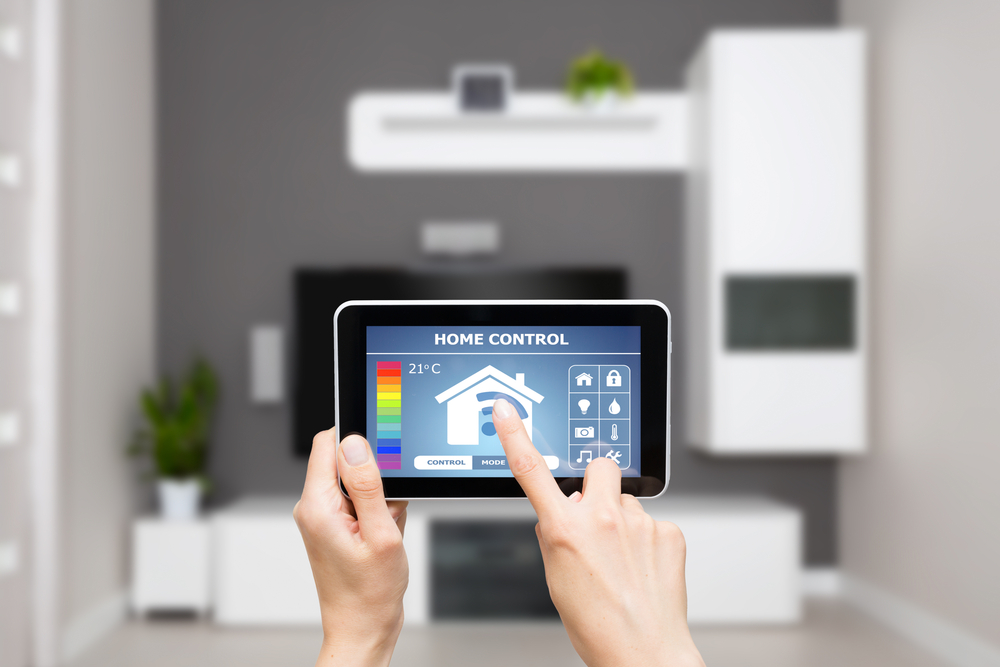A growing number of utilities are focusing on demand response. It helps reduce critical peak demand and defer or even avoid infrastructure investments. To many Utilities this is key to justifying their investment in smart meters.
As lessons are learnt from the early pioneers, more programs are reporting successful outcomes. Ahmad Faruqui from The Brattle Group maintains and publishes the Arc of Price Responsiveness. Refer to slides 13 and 14 in a recent presentation he gave. It maps the results from a growing number of demand response programs.
From my own experience demand response requires the successful combination of activities. Good customer engagement, the right financial incentives, and the timely provision of useful information.
Smart meters are an essential first step to demand response. They provide interval data to calculate the demand cut and financial incentives. They also provide meaningful and timely information to the consumer.
With this foundation in place I believe the next step is automation. Focus groups have told me they want to set and forget. They want the technology to do the work for them. They don’t want to have to think about changing behaviour. They are happy for the technology to do it so long as the changes are within their comfort levels.
Think about it. You have limited discretionary time in your life. You want to spend that time doing something you love. Spending time with your family, seeing friends, playing sport. You don’t want to spend time thinking about how you use electricity. You certainly don’t want to change your plans at short notice just because your Utility has asked you to.
Currently automated demand response for residential customers remains cost prohibitive at scale. I believe this will start to change and Utilities need to be planning for it now.
A few years ago there were lots of discussions about Utilities funding in-home technologies. Part of the reason was so they could connect them to their demand response management systems. I see many issues with this model. Customers want to choose their own in-home technologies, not have them dictated to them. The business case is unlikely to stack up. Utilities are not geared to support in-home technologies. There would likely be regulatory challenge about placing such investments in a rate case.
Enter the era of consumer-led in-home technology. In the energy space there are a growing number of players. The ones that get the most media coverage are the likes of Google’s Nest. Samsung’s SmartThings, and Apple’s HomeKit. There are many, many others.
Utilities are looking at how these can connect to their Demand Response Management System. In the long run they will communicate using standards such as SEP2.0 and OpenADR. In the short term it is likely to be via proprietary connections.
Automation will play a major role in demand response, and not just for large customers. Katherine Tweed recently reported ‘Illinois is aiming for one million smart thermostats‘. Such automation creates opportunities for increased demand response capacity. It also creates opportunities to despatch load much faster.
There is a specific challenge in many cities around the world. Many properties rely on individually controlled Air Conditioning units, not a centrally controlled thermostat. For example, in Hong Kong there is an average of 3 Air Conditioning units per apartment. All individually controlled.
Many companies have solutions to connect to Air Conditioners via simulating the Infrared controller. To me a more exciting area to watch is the development of Smart Air Conditioners. In its infancy compared to centrally controlled thermostats, but with enormous potential. The manufacturers are yet to support the types of demand response standards mentioned earlier. This is just a matter of time.
Leading the way in this space is New York City’s Con Edison with their CoolNYC program. Starting with smart plugs and now moving into Smart Air Conditioners. It will no doubt be a long journey but one with enormous potential.
Unfortunately many other Utilities I speak to are still not exploring this area. They feel it is too far in the future to worry about now. It is not something that will create meaningful load. Even that it will be too hard to manage so many devices at scale.
This is exactly why Utilities need to get involved now. It takes time to collaborate with manufacturers and get standards adopted. It takes time to learn how this fits within a Utilities demand and supply portfolio. It takes time to build the business models. It takes time to engage and educate customers and the community.
The future will soon be upon us and Smart Thermostats and Smart Air Conditioners will be the norm. At which point policy decisions will likely have further opened up markets. New entrants will enter and the Utility will be too far behind and too slow to respond to catch up.
Yes you may only get 0.5kw demand reduction per Smart Air Conditioner. It may seem improbable now but imagine if 20, 30 or even 50% of your customer base had these in 10 years time. Now imagine that someone else manages that load as you were too slow to move.
Remember, the iPhone was first released on 29th June 2007, less than 10 years ago!
